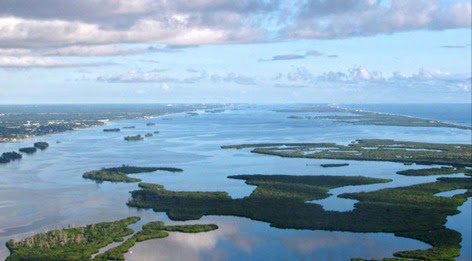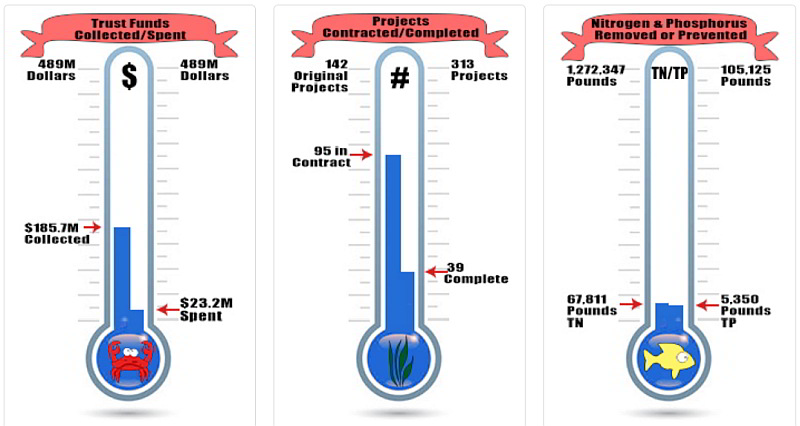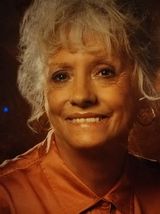IRLNews:2021-05-06 Save The Lagoon Self Imposed Tax
Brevard County has a Save Our Indian River Lagoon home page that explains in detail how “It is estimated that the plan will bring in up to $489 million in revenue over 10 years to fund projects that will reduce or remove about 1.3 million pounds of excess nitrogen and 105 thousand pounds of phosphorus annually from the Indian River Lagoon.” The site also has a Project Plan that is updated annually, maps of where the projects are taking place, and explains the role of the Citizen’s Oversight Committee, that annually evaluates alternative proposed projects received from the community; and recommend adjustments to the Project Plan which is approved by the Brevard County Commission.
There is also a Save Our Lagoon Dashboard that shows three measurements. First, under funding, it shows the “Current Trust Funds Collected totals 185.7 million dollars and Current Trust Funds Spent totals 23.2 million dollars of a projected 489 million dollars over 10 years.”
Secondly, it states, “Current Projects Contracted totals 95 and Current Projects Finished totals
39 out of 313 total projects and 142 original projects.” Thirdly, it states “Current Nitrogen Removed or Prevented totals 67,811 pounds of a projected total of 1,272,347 pounds over 10 years. Current Phosphorous Removed or Prevented totals 5,350 pounds of a projected total of 105,125 pounds over 10 years.”
The SOIRL project plan goes into great detail in spelling out the impact the lagoon of all the projects. Inside the plan it states “The economic value of the lagoon system was evaluated during development of this plan. It was estimated that at least a total present value of $6 billion is tied to restoration of the Indian River Lagoon (IRL). There is approximately $2 billion in benefits from restoration and an estimated $4 billion in damages if the IRL is not brought back to health during the next decade. If viewing this project plan purely as a financial investment that pays the $2 billion in benefits alone (i.e. not counting the avoidance of the $4 billion loss), the projected pretax internal rate of return is 10%, if the plan takes 10 years to implement.”
There is only one place in the project plan that addresses the two 800-pound gorillas, one is the continual approval of higher density development continuing around the lagoon. The project plan under a second risk assessment of the projects states the following “…However, the scientists continued to voice concern about the restoration of the IRL in the absence of regulatory reform needed to prevent new development from adding more septic system and stormwater pollution to the lagoon. Therefore, updated regulations are needed as a complement to this plan to ensure timely and sustained success in restoring health to the IRL.” The second 800-pound gorilla is bio-solids. Even though there are much discussion within project plan to help the county and cities repair and improve their sewer infrastructure and converting septic to sewer close to the IRL, it doesn’t mention where the solid waste from sewers are allowed to be spread around the lagoon or the other major water body beside Brevard County which is the St. John’s River. In a roundabout way, the project plan does address both 800-pound gorilla when it talks about projects concerning stormwater runoff.
I’m not saying the project plan is not a good plan. It goes into much detail on “…a multi-pronged approach to Reduce pollutant and nutrient inputs to the lagoon, Remove the accumulation of muck from the lagoon bottom, and Restore water-filtering oysters and related lagoon ecosystem services. This plan also recommends funding for project monitoring, needed for accountability and to Respond to changing conditions and opportunities. Response funds will be used to track progress, measure cost effectiveness, and report on performance.”
Unfortunately, our state, and local governments are not helping outside of this ½ cent sales tax and projects that try to convince the layperson they are trying to be proper guardians. All seem to be more worried about increasing our tax base, and not how it affects our quality of life. All say they are worried about the environment, but at the same time has been approving anything that increase development density and voting against anything that hinders development. If they were worried, why were we still dumping raw sewage into the Indian River Lagoon until 1996?
Even now, the development attitude hasn’t changed. There is so much development going in in Brevard, and no one is even looking at whether we will ever clean up the Indian River Lagoon, or are we just keeping up with the damage caused by the increased development?
I have a T-shirt that I have had for 30 years and have worn to county meetings that says “Smart Quality Growth in Brevard.” Still Waiting!!! Changes that could have been made like LID – Low Impact Development have not been implemented.
Reference: http://www.brevardfl.gov/SaveOurLagoon/Home
Cheerio,
Maureen
"One of the penalties for refusing to participate in politics is that you end up being governed by your inferiors." Plato
About the Author
Maureen Rupe was originally from England, married her husband Bob at MacDill AFB, reassigned to Vandenberg AFB, California, and then assigned to Brevard in 1986. She lives in Port St. John and her interests are Environmental Protection and Politics.
- Space Coast Women League of Voters: Board of Directors (2000 – 2014); Chair, Natural Resources Committee (2000 – 2014); Natural Resource Consultant (2014 – 2020).
- Brevard County Charter Review Commission: (1997 – 1998 /2003 – 2004 / 2014 - 2015); Year-long Reviews of the Brevard County Charter for New Proposals or Changes to the County’s Current Charter.
- Marine Resource Council Board of Directors: (2000 – Present).
- Sierra Club, Turtle Coast Chapter: Executive Board of Directors (2007 - 2020).
- Parrish Medical Center: Board of Directors (2000 – Present).
- Brevard County 2001 & 2011 Redistricting Committee: Review every 10 years defining Brevard County District Borders.
- Port St. John Homeowner's Association: President (May 1995 - April 1997), (May 1999 – April 2000); Vice President (July 1998 – April 1999); Board Member (1989 – 2000).
- Cape Canaveral Energy Center, Community Advisory Panel (CAP): (2008 - 2012). Invited by Florida Power & Light to be a member of the committee to oversee Cape Canaveral Plant deactivation and new construction activities.



